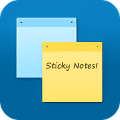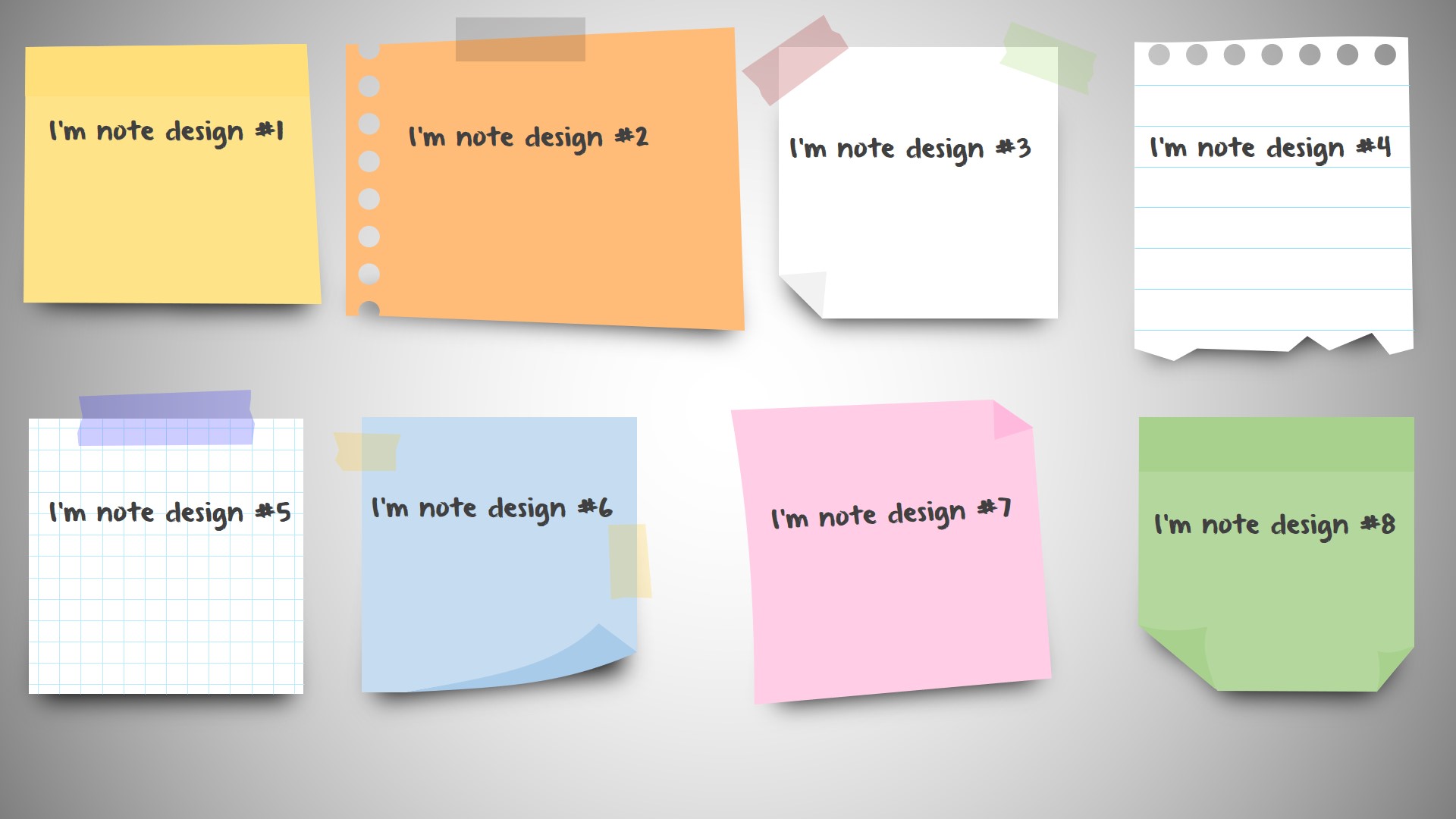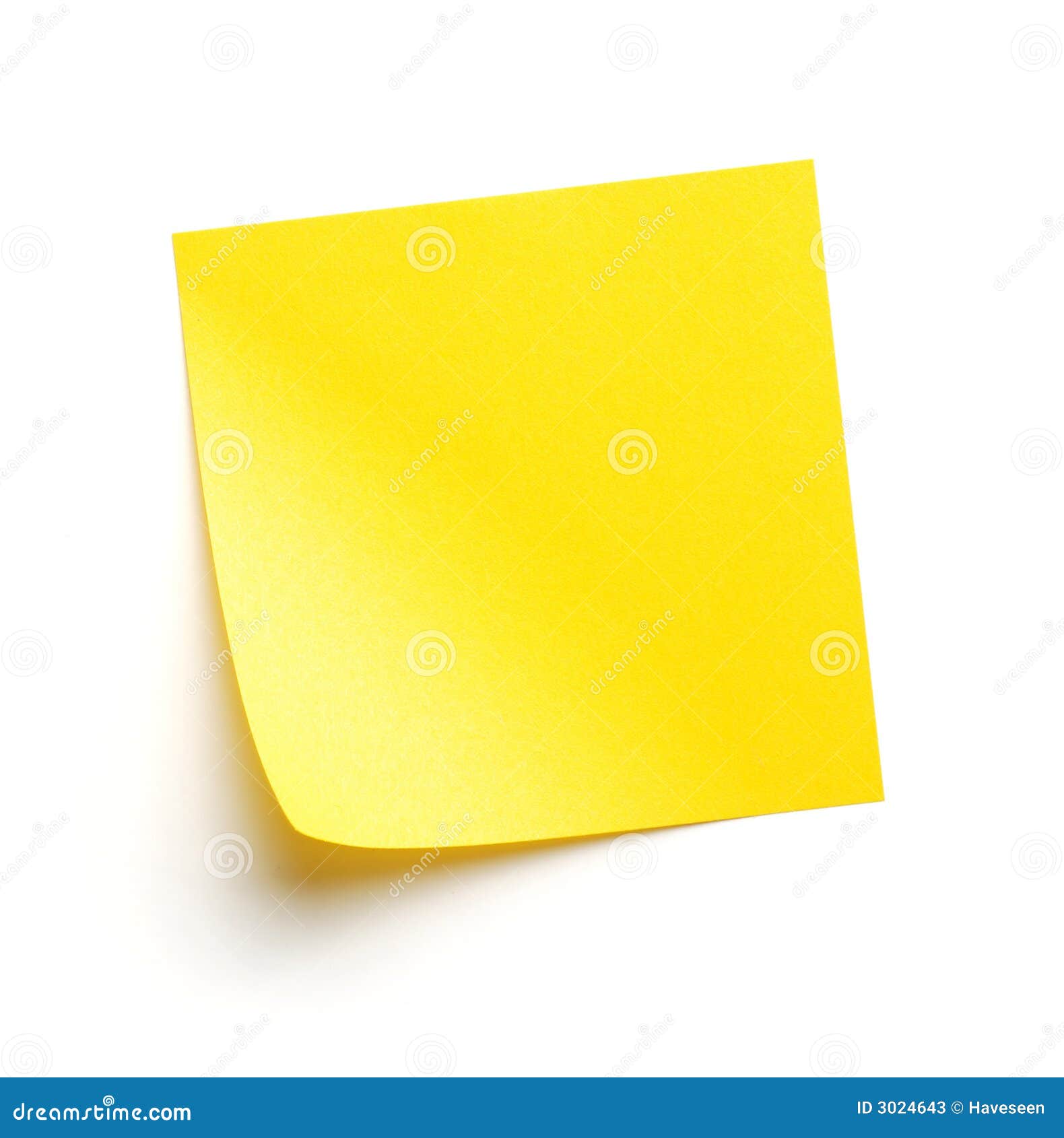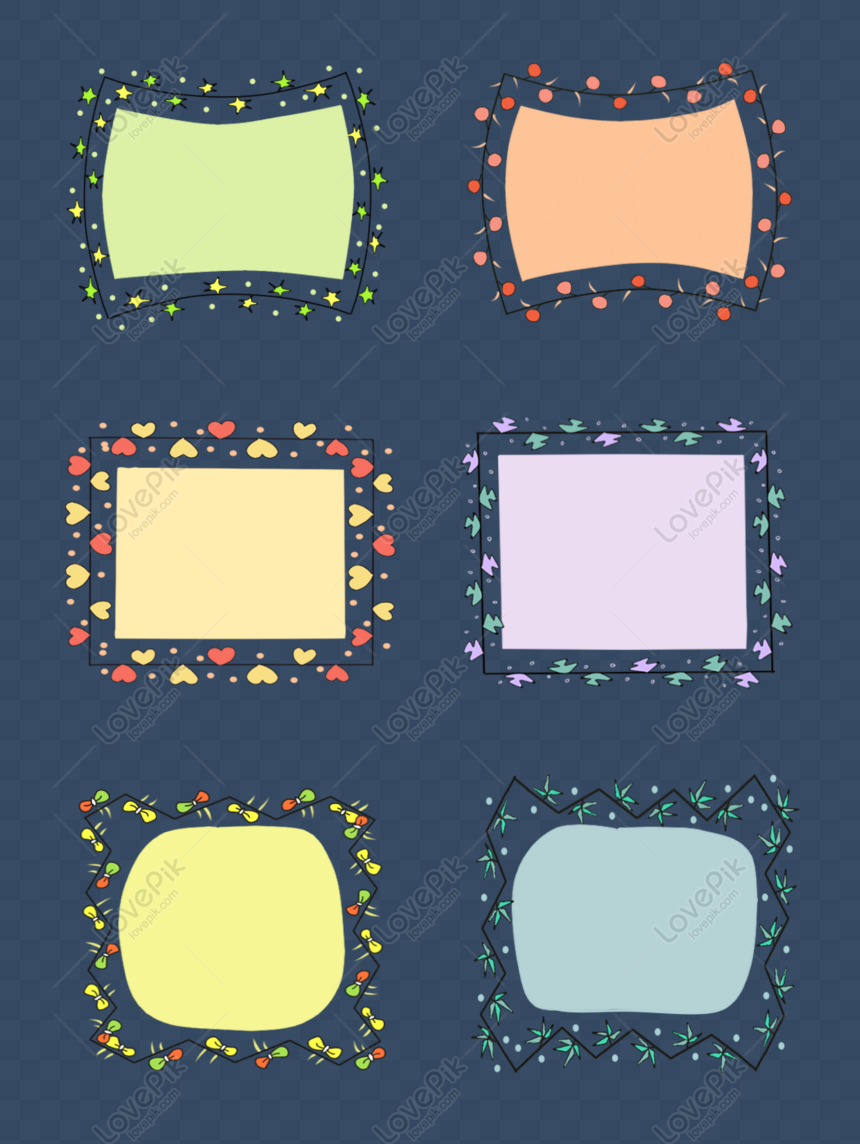- Download Post It Notes For Windows 10
- Computer Post It Notes Free
- Post It Notes Software
- Download Post Its
- Windows Post It Notes Download
When you download the free Post-it® App, you can instantly capture and share notes with the team without recaps or delays. Whether you’re working or learning remotely, the Post-it® App is the perfect way to capture and share ideas, keep track of assignments, or create colorful calendars with your friends. Post It Notes free download - Simple Sticky Notes, 7 Sticky Notes, Dema Virtual Notes 2005, and many more programs.
Brown Note is a desktop notes application written in Python, using PyQt.
Notes are implemented as decoration-less windows, which can be dragged around the desktop and edited at will. Details in the notes, and their position on the desktop, is stored in a SQLite file database, via SQLAlchemy, with note details and positions being restored on each session.
Introduction to the data model
Download Post It Notes For Windows 10
Data model
The storage of user notes in the app is handled by a SQLite file database via SQLAlchemy, using the declarative_base interface. Each note stores its identifier (id , primary key), the text content with a maximum length of 1000 chars, and the x and y positions on the screen.
The creation of database tables is handled automatically at startup, which also creates the database file `notes.db` if it does not exist. The created session is used for all subsequent database operations.
Creating new notes
First post!marine ebooks for free. Python automatically removes objects from memory when there are no further references to them. If we create new objects, but don't assignment to a variable outside of the scope (e.g. a function) they will be deleted automatically when leaving the scope. However, while the Python object will be cleared up, Qt/C++ expects things to hang around until explicitly deleted. This can lead to some weird side effects and should be avoided.
The solution is simple: just ensure you always have a Python reference to any PyQt object you're creating. In the case of our notes, we do this using a _ACTIVE_NOTES dictionary. We add new notes to this dictionary as they are created.
The MainWindow itself handles adding itself to this list, so we don't need to worry about it anywhere else. This means when we create a callback function to trigger creation of a new note, the slot to do this can be as simple as creating the window.

Starting up
When starting up we want to recreate all our existing notes on the desktop. We can do this by querying the database for all Note objects, and then creating a new MainWindow object for each one. If there aren't any we just create a blank note.


Computer Post It Notes Free
The Note widget
The notes are implemented as QMainWindow objects. The main in the object name might be a bit of a misnomer, since you can actually have as many of them as you like.

The design of the windows was defined first in Qt Designer, so we import this and call self.setupUi(self) to intialize. We also need to add a couple of window hint flags to the window to get the style & behaviour we're looking for — Qt.FramelessWindowHint removes the window decorations and Qt.WindowStaysOnTopHint keeps the notes on top.
To complete the setup for notes we need to either store the existing Note object (from the database) or create a new one. If we're starting with an existing note we load the settings into the current window, if we've created a new one we save it to the database.
This initial save just stores the position + an empty string. On a subsequent load we would have the default empty note.
We define a method to handle loading the content of a database Note object into the window, and a second to save the current settings back to the database.
Both methods store to `_ACTIVE_NOTES` even though this is redundant once the first storage has occurred. This is to ensure we have a reference to the object whether we're loading from the database or saving to it.
The last step to a working notes application is to handle mouse interactions with our note windows. The interaction requirements are very basic — click to activate and drag to reposition.
Seventh grade Expository Writing. Sixth grade Seventh grade, Eighth grade 2 more., Seventh grade, Eighth grade; 4,350 Views; 1 Favorite. Chapter 3 - Comparing and Contrasting Characters. Location: Ties That Bind, Ties That Break - Novel Study. 7th grade expository writing rubric. Expository — 7 STAAR Grade 7 March 2015 Score Point 2 The writer describes two personal friendships to explain the controlling idea (the importance of having a friend is you have to give respect, loving, and you have to keep each others secrets). This organizational strategy. Attractive and engaging resources for teaching 4 essay writing types (literary, narrative, persuasive, expository): daily step-by-step lesson plans, worksheets, student handouts, posters and more! Plus, SAVE BIG by buying this pack - all the items would normally cost $28.Writing doesn't come easily. This is a rubric that can be used to grade all expository genre writing. The rubric is based on seventh grade common core standards. It addresses genre, organization, voice, mechanics, sentence structure, and penmanship. It is organized by a 4 point scale. This work is licensed under a Creative Com. Descriptive Writing Prompts for 7th Graders. To get kids writing, descriptive writing prompts need to.
Post It Notes Software
The interaction is managed via three event handlers mousePressEvent, mouseMoveEvent and mouseReleaseEvent.
The press event detects a mouse down on the note window and registers the initial position.
The move event is only active while the mouse button is pressed and reports each movement, updating the current position of the note window on the screen.
Finally release takes the end position of the dragged window and writes it to the database, by calling save().
The delete note handler shows a confirmation message, then handles the delete of the Note object from the database via db.session. Thefinal step is to close the window and delete the reference to it from_ACTIVE_NOTES. We do this by id, allowing us to delete the PyQt object reference after the Qt object has been deleted.
This book consists of 12 chapters which contain topics that encompass the components of the teaching-learning process. Table of Contents. Part I Chapter 1 Understanding Teaching Part II Chapter 2 The Learner Chapter 3 The Teacher Chapter 4 The Learning Environment Part III Chapter 5 Principles Underlying Teaching. Encourage contact between students and faculty. Building rapport with students is very important. Instructional Characteristic 1.The strategy is teacher-directed. 2.The emphasis is on the teaching of skill. 3.Taught in a step-by-step fashion, it ensures the learning of the entire procedure with no step missed. Lesson objectives include easily observed behaviors that can be measured accurately. Principles of teaching 1 the learners. Section 1 A teacher is a facilitator of learning and of the fdevelopment of the youth; he shall, therefore, render Section 2 the best service by providing an environment conducive Every teacher shall uphold the highest possible to such learning and growth. Standards of quality education, shall make the best preparations for the career of teaching, and shall be at Section 2 his best at all times and in the.
Download Post Its
Theming Notes
We want to add a bit of colour to our notes application and make them stand out on the desktop. While we could apply the colours to each element (e.g. using stylesheets) since we want to affect all windows there is a simpler way — setting the application palette.
Windows Post It Notes Download
First we create a new palette object with `QPalette()`, which will contain the current application palette defaults. Then we can override each colour in turn that we want to alter. The entries in a palette are identified by constants on `QPalette`, [see here for a full list]().